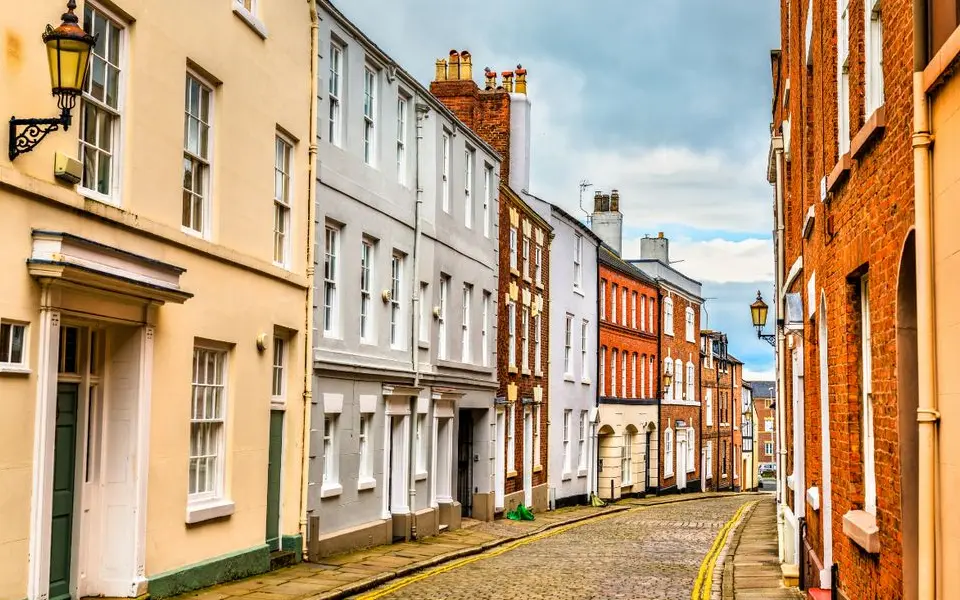Welcome to our heritage conservation blog! As custodians of historic buildings, we understand the delicate balance between preserving the past and accommodating modern needs. Join us as we explore practical insights and best practices for managing alterations to listed buildings and properties within conservation areas.
Is it permitted development, permissive repair or does it require permission?
Even work that would ordinarily be covered by Permitted Development can, in historic settings, require an application for permission. Historic buildings are associated with their own set of regulations. To find whether your building is listed, use the search facilities on the relevant website provided by Historic Wales, Historic Scotland, or Historic England. We recommend using multiple search terms rather than simply a house name, which can vary over time. Navigating projects involving partial demolition, separate new builds, extensions, changes to doors and windows, upgrades to services, and alterations to internal floor plans can be both challenging and rewarding.
This blog offers insights and best practices for successfully managing the most frequently sought planning permissions (including consent within a conservation area) and listed building consents. A historic building is often deemed a heritage asset within the planning system and afforded various protections through planning regulations and legal stipulations. Through judicious design, it is possible to blend traditional and contemporary elements in a complementary way.
Applying for multiple applications or a single application?
One of the key decisions to make is whether to compile all the information, get help with drawings and from a planning consultant and other specialists or to apply for smaller pieces of work. For example, applying for permission or consulting on repairs. Followed by alterations or a change of windows or an extension. In my opinion, given the time taken for planning decisions to be made, it is better to apply for a series of works as a package. You may, however, want to begin with repairs. The order of priority from a conservation perspective is repair first, then refurbish, and only then consider alterations. I’ve given this advice on many an occasion but sometimes homeowners prioritise that improved kitchen and bathroom. Those are definitely your decisions to make and I will support those types of decisions but advise on how best to undertake the work.
Successful approaches
Managing these types of alterations requires a blend of expertise in conservation principles, architectural design, and project management. By approaching each aspect of a project with sensitivity to the building’s heritage value and working with experts in the field, it is possible to achieve successful outcomes that preserve cultural heritage for future generations. Thus owners, along with the professionals, learn how to conserve historic buildings while accommodating modern needs, which is a delicate balance that requires careful planning and execution.
Overall, the key for any listed building alterations is seeking solutions that minimise harm to its special interest, while pragmatically allowing it to remain viable for future generations. For this reason, owners are often considered custodians. Collaboration with conservation experts ensures an efficient and cost-effective balance is achieved.


No Responses